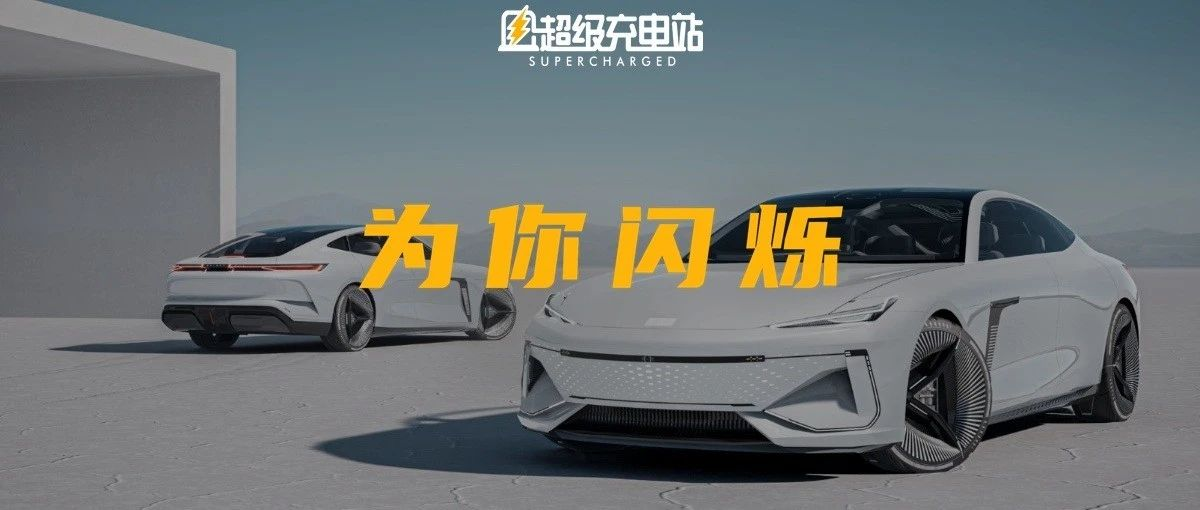Without any surprises, it was 7:15 pm on Thursday, at the intersection of Beijing’s east fourth ring road, and this was the fourth time I had been stuck on the road this week. On the one hand, I felt fortunate that everything seemed to be returning to normal, but on the other hand, I felt anxious as I knew I could only look up at the hot Geely Galaxys launch event from the taxi.
Without any abrupt changes, the official spoilers previewed the design of the Galaxy’s Light, which left a lasting impression on many people’s minds. However, the slow-moving flow of traffic outside the window and the cut-out images on the screen brought my thoughts back to many years ago.
If we were to discretely categorize Geely’s vehicle designs throughout the years, I believe I could write a three-page PPT.
Flying against the wind is a habit
The first page took us back to 1998, during the Asian Financial Crisis. However, it was the beginning for Geely as well as for private Chinese automakers.
Having built refrigerators and motorcycles earlier, Geely entered the auto industry at its own pace, producing China’s first privately owned automobile, the Geely Haoqing, on August 8th of the same year.
To be honest, regardless of whether we look at it from the perspective of that time or of today, the designs of Chinese automobile brands seem to be full of the taste of imitation. However, for a novice player, finding one’s own positioning and then learning from top performers in the same field is the most effective way to grow quickly.
The Geely Haoqing also became the closest home car to the Chinese people around the turn of the century.
Next page, let’s fast forward to 2014. Foreign and joint venture brands, which monopolize China’s mid-to-high-end vehicle market, began to implement price-cutting strategies, and domestic independent brands faced increased pressure. Data always speaks the truth: sales that year fell by 24% from the expected level, and even the annual bonus of all employees was borrowed by management.
But Geely, which had already tasted the sweetness of flying against the wind, remained calm. In 2015, Geely officially launched its flagship Geely Borui, sounding the call for the brand’s upward surge. The iconic ripples-shaped grille of the Borui also declared that Geely had finally shed its imitator’s role, and thus began the era of Chinese vehicle design under Geely.“`markdown

Market data is always the most truthful. If we compare the years 2015 and 2016 to the first two steps of a triple jump, since 2017, Geely has entered the stage of jumping and gliding, with sales exceeding one million for six consecutive years.
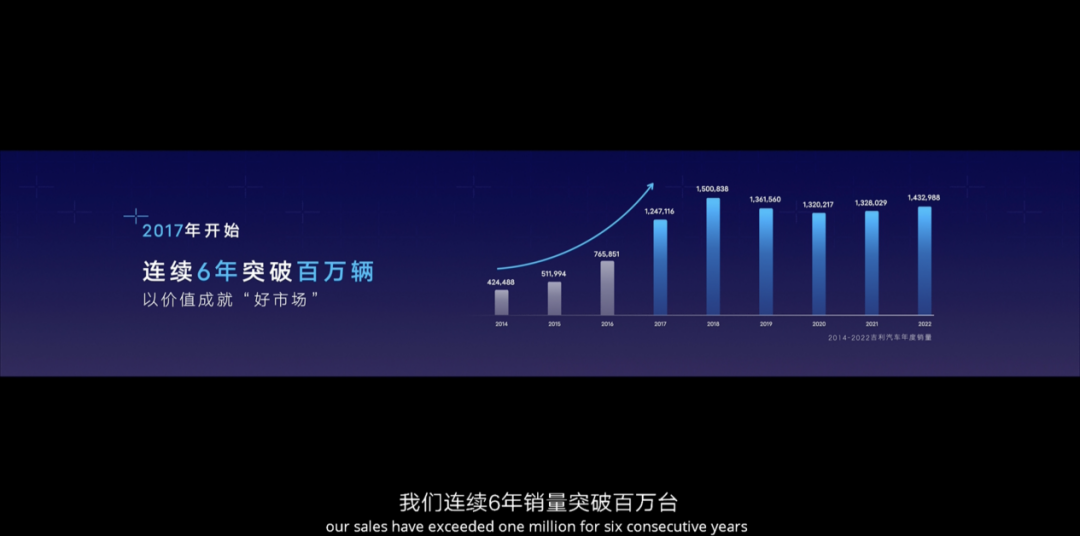
The time anchor of page 3 of the PPT has come to the present. Similar headwinds have appeared again. The originally soaring penetration rate of new energy has a sense of fatigue in early 2023. The sensitive old hunter can always make a move at the critical moment, and Geely Galaxy is the critical bullet that Geely fired in the trend of new energy.
Design Height
Some people say that the Galaxy Light that emphasizes design sense is actually more suitable as the One More Thing for this press conference. Is the old hunter’s fake shot? I don’t think so. The brand focuses on products, and products convey ideas.
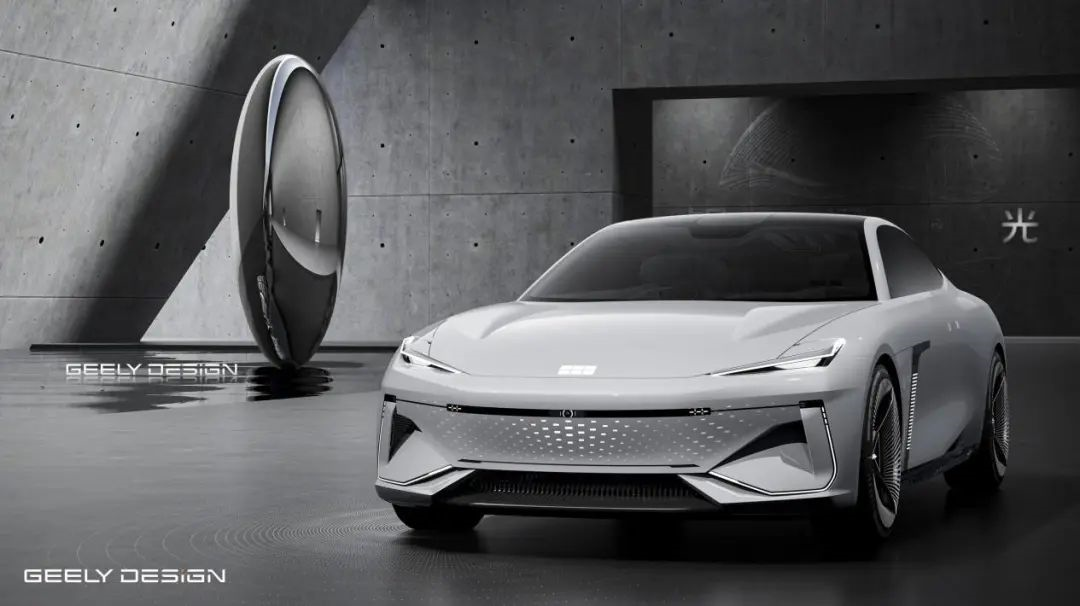
As the first greeting of the new series to consumers, Galaxy Light must convey the important information of Geely Galaxy series-design. This can also be seen from the key figure behind Galaxy Light, Chen Zheng.
“Designer, design operator, Geely newcomer” is his self-introduction;”Vice President of Geely Automobile Group, member of the management and management committee” is his job position that Geely publicly announced to the outside world.
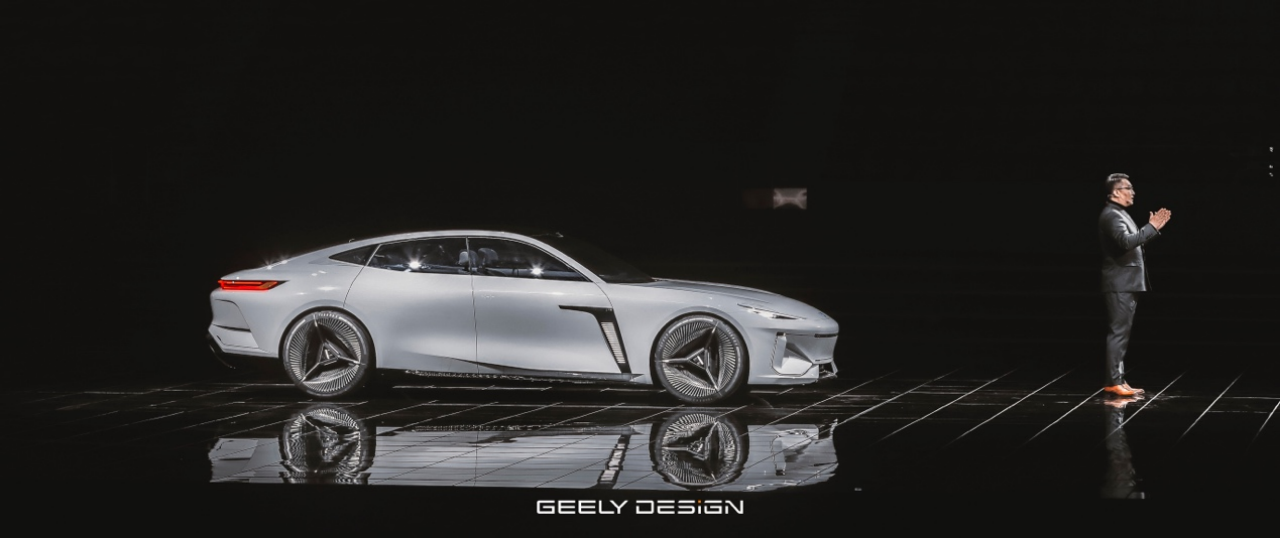
When a designer is equated with a vice president of the group, it also means breaking the industry conventions of car design based on Western aesthetics that have lasted for a long time. As the first Chinese automobile design vice president among mainstream car companies, Chen Zheng rewrote the history of the design vice president of Chinese independent car brands, which was previously occupied solely by foreigners.
“`In view of the reasons, on the one hand, we can confirm that Geely Holding Group has given great importance to design excellence since the top-level design stage; on the other hand, it is true that Chen Zheng is capable of undertaking this honor.
Looking back at Chen Zheng’s work experience, the veteran who has been deeply exploring the automotive industry for 21 years is one of the leading figures in China’s automotive design industry. Many years of domestic and international work experience have endowed him with rich experience in building, operating, cooperating, and managing international design teams, which is particularly important. As he said, “design is not a one-man fight.” In the formula for “good design,” cooperative comrades, innovative culture, and suitable innovative environment are indispensable. With these experiences, Chen Zheng obviously has a pair of hands that are good at seizing big opportunities.
“When one side has a need, and the other has a pursuit, a successful collaboration is the best timing window.”
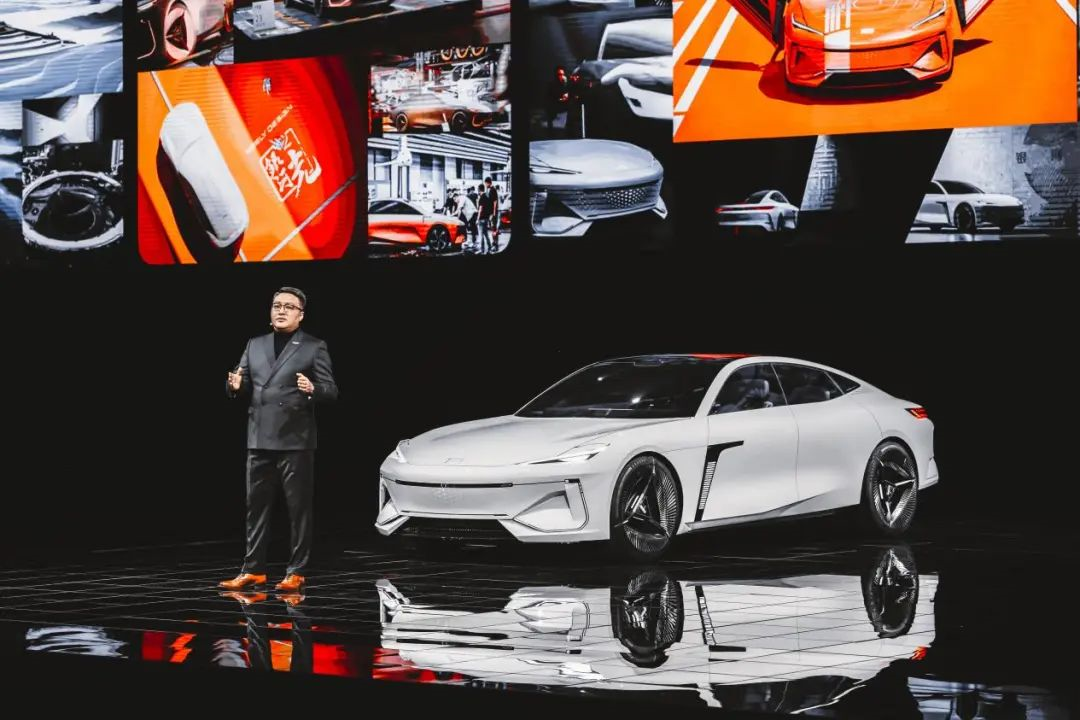
Regarding the meaning of excellent design, Chen Zheng, born in the 80s, has his consistent insistence: “The survival of any Chinese brand lies in creating value for consumers.” On this value concept, he and Li Donghui, CEO of Geely Holding Group, also born in the 80s, have formed an amazing tacit agreement: “Dare to be the world’s first, and continuously create value for users. The DNA has been flowing in Geely’s blood.”
Sharing the same ideals and similar feelings is probably the efficient catalyst that promotes this partnership.
Focusing on concrete work, Chen Zheng is notoriously “vigorous” in the industry. In today’s workplace, being “vigorous” does not seem to be a commendatory term, but if it is based on result-orientation, “vigorous” seems like a quality assurance card for a product. Especially when a person is obsessed with work and has abundant energy, he will unrestrainedly spend time and effort on a product.

The result is the Geely Galaxy, a new energy prototype of the Galaxy series, presented before our eyes.
Stay Angry
“How can Chinese automobiles move towards the mid-to-high-end market?” This is the proposition left by Li Shufu, the founder of Geely, several years ago.
“Do not go gently into that good night” is Chen Zheng’s courage towards this proposition. Good night probably refers to the current electric vehicle design that is becoming increasingly popular on the internet.Emphasizing unique design and “Chinese flavor” in the electric car industry is essential. However, Chen Zheng soon encountered his first challenge: the front grille. On gas-powered cars, the grille is the most central part of the front face design. Chen Zheng is a master of front grille design. He was the first to propose and implement the concept of a “borderless grille,” which reshaped the definition of a car grille. However, electric cars don’t need grilles, which is an important reason why electric car faces all look the same.
Since Geely’s remarkable water ripple front face design, why not iterate it to a new symbol for the era of electric vehicles? Thus, the Light Ripple became the Geely Galaxy’s brand super symbol. With the aid of light and shadow, electric cars can also be unique and distinguishable.
“In Chinese aesthetics, the beauty arises from leaving blank space,” according to Chen Zheng. The Elegant Light of the Galaxy also incorporates the different styles of Chinese traditional architecture in the design of the front and rear light groups to emphasize the flavor of China and reduce wind resistance.
Good design not only enhances visual appeal but also serves actual functions. “For Chinese aesthetics, the ultimate beauty combining proportions, posture, and aesthetics is the tiger.” As a low center of mass wide-body electric sports car, the Elegant Light integrates the concept of the “crouching tiger” into the overall vehicle posture. Combined with concise and gentle body lines, the Elegant Light achieves a 0.19 drag coefficient, which objectively confirms the design while effectively ensuring energy efficiency.
Many other examples are also available. For instance, they infused Chinese-style romance into interior design by recreating Xihu Lake in the Galaxy’s cockpit. The floating audio, aroma, and ambient lighting represent San Tan Yin Yue music, the central armrest with light and shadow depicts the West Lake shore, and the creative decorative panel under the armrest shows Books Mountain Piling Up. They also strategically integrated satellite antennas, LIDAR, HD cameras, stream media rearview mirrors, and unmanned aircraft into the front, side, and rear of the car, preserving function while maintaining traditional Chinese culture.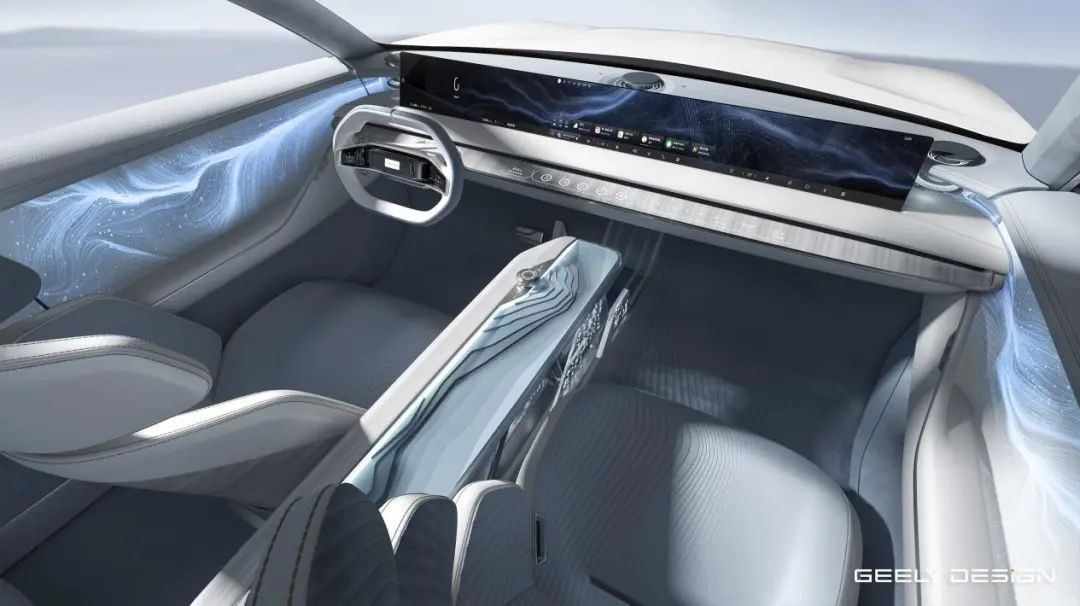
“Very Chinese, but not traditional” is Chen Zheng’s summary of this design. Embracing heritage and abandoning conservatism, this stems from Geely Group’s “technological self-confidence” and is also reflected in Chen Zheng’s design pursuit.
“For car designers, now is the best of times and the worst of times.”
It is said that designers are pure emotional creatures, but we can always see sobriety in Chen Zheng’s words: For the former, the more concise mechanical structure and broader white space of electric vehicles have opened up a larger canvas for designers; for the latter, in the age of internal competition, consumers who have seen all kinds of products may also be the most difficult to satisfy users in history.
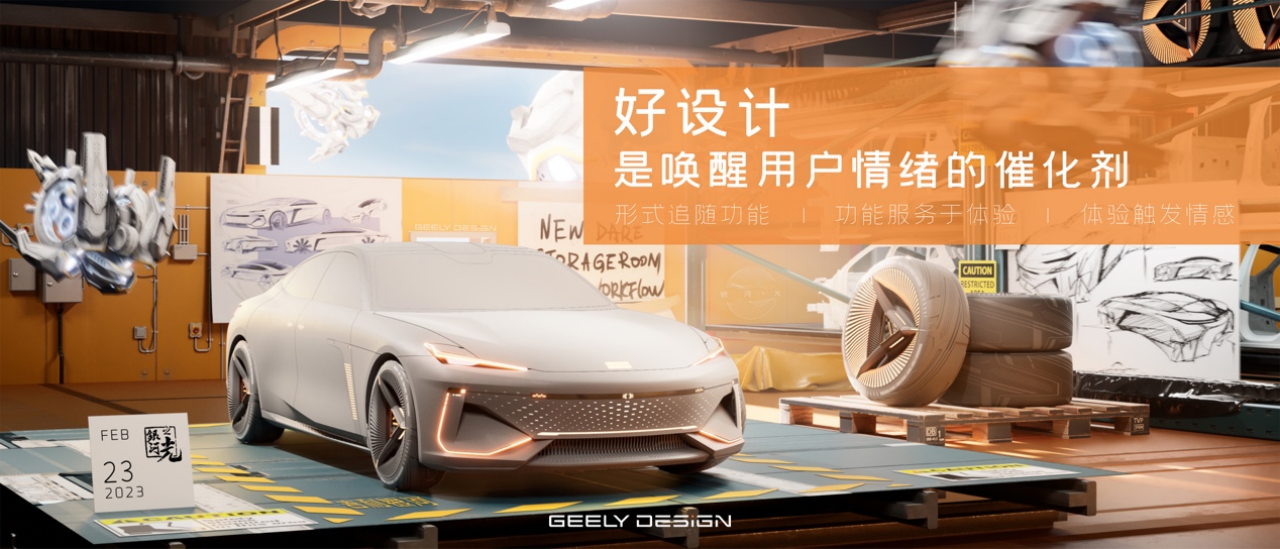
I still want to repeat that line of poetry, “Do not go gentle into that good night”, in other words, the design core of the Geely Galaxy should contain anger, and the sobriety intertwined in anger may be their winning strategy to satisfy the group of users who “want both” in the present.
This article is a translation by ChatGPT of a Chinese report from 42HOW. If you have any questions about it, please email bd@42how.com.
